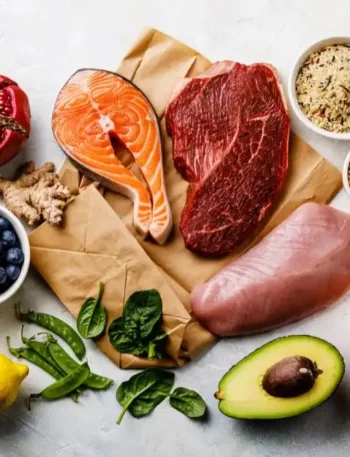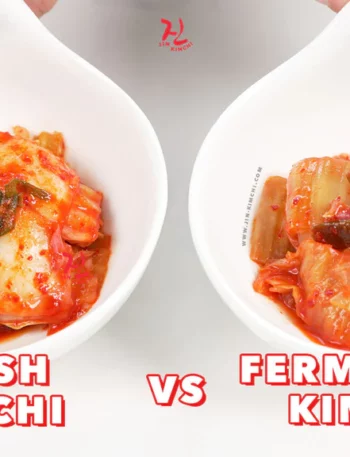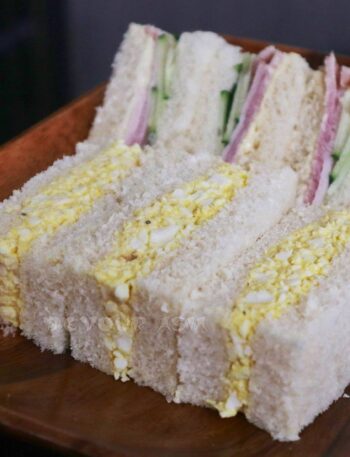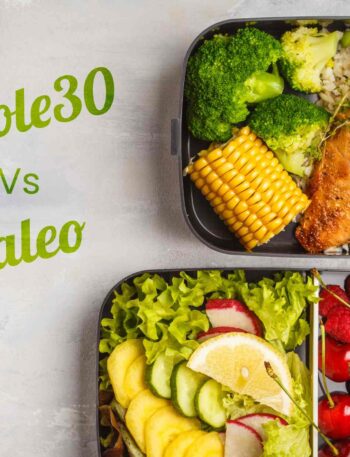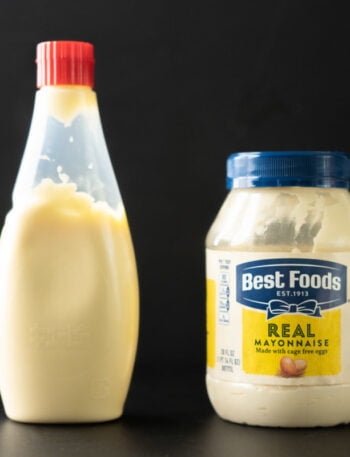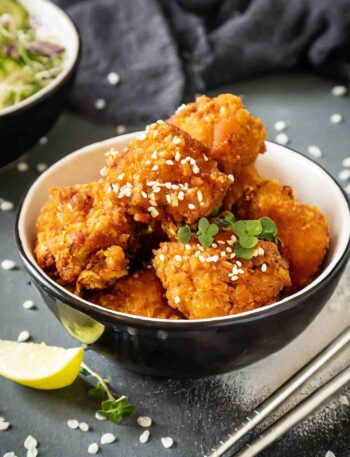Sugar has become an unavoidable part of modern diets, sneaking its way into everything from breakfast cereals to salad dressings.
While most of us are aware that sugary sodas and desserts can harm our health, hidden sugars in seemingly “healthy” foods often fly under the radar. These hidden sugars can sabotage your health goals, leading to issues like weight gain, diabetes, and heart disease.
Understanding how to read food labels is essential to avoiding these sneaky culprits. Let’s explore what to look for and how to make informed choices.
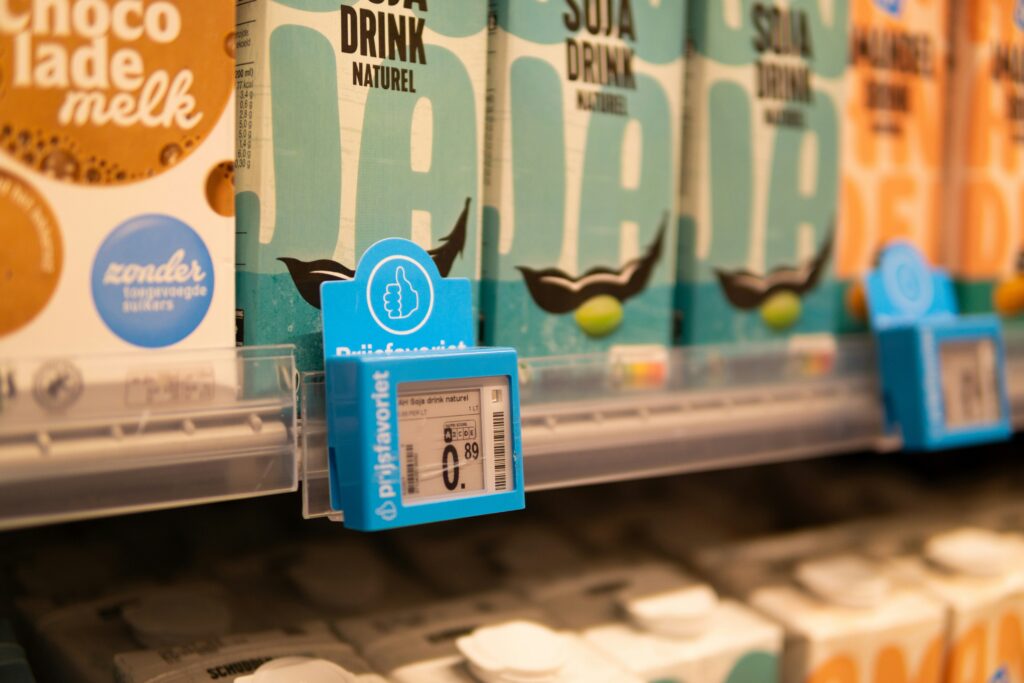
Why Hidden Sugars Are a Concern?
Excessive sugar consumption is linked to a range of health problems, from obesity to chronic illnesses like type 2 diabetes and heart disease. What makes hidden sugars particularly concerning is their presence in foods you wouldn’t expect—like bread, sauces, or even products marketed as “healthy.”
For instance, a single serving of flavored yogurt can contain as much as 15–20 grams of sugar, almost the same as a candy bar! Similarly, a tablespoon of barbecue sauce might have up to 6 grams of sugar.
These small amounts add up quickly, often exceeding the American Heart Association’s recommended daily intake of 25 grams (6 teaspoons) for women and 36 grams (9 teaspoons) for men.
Understanding Sugar Terminology
Food manufacturers often use a variety of names to disguise sugar on ingredient lists. Familiarizing yourself with these terms is crucial. Here are some common aliases for sugar:
- Simple Sugars: Sucrose, glucose, fructose, maltose, dextrose.
- Syrups: High-fructose corn syrup, rice syrup, corn syrup, maple syrup.
- Natural Sugars: Honey, agave nectar, molasses, and fruit juice concentrates.
It’s important to note that even “natural” sugars, like honey or agave nectar, have similar effects on your blood sugar levels as refined sugars. They’re not necessarily healthier just because they sound natural.
Decoding Food Labels: A Step-by-Step Guide
Understanding food labels can feel overwhelming, but breaking it down into steps makes it easier:
- Check the Ingredient List:
- Ingredients are listed in descending order by weight. If sugar (or any of its aliases) appears in the first few ingredients, the product is likely high in sugar.
- Look for multiple types of sugar in one product—this is a common tactic manufacturers use to spread sugar out on the list.
- Look at Total Sugars and Added Sugars:
- Total Sugars: Includes both naturally occurring sugars (like those in fruits or milk) and added sugars.
- Added Sugars: These are the sugars added during processing. The 2016 FDA regulations require added sugars to be listed separately on labels, making it easier to identify them.
- Pay Attention to Serving Sizes:
- Labels often list unrealistically small serving sizes. Always calculate the sugar content based on the portion you actually consume.
Sneaky Foods with Hidden Sugars
Some foods may seem innocent but are loaded with hidden sugars. Here are a few examples:
- Breakfast Cereals:
- Even “healthy” cereals like granola often contain added sugars. A single serving can have 10–15 grams of sugar.
- Flavored Yogurt:
- Many fruit-flavored yogurts contain as much sugar as a dessert. Opt for plain, unsweetened yogurt and add fresh fruit for natural sweetness.
- Sauces and Condiments:
- Ketchup, barbecue sauce, and salad dressings are notorious for their sugar content. For example, ketchup contains about 4 grams of sugar per tablespoon.
- “Healthy” Snacks:
- Protein bars, energy drinks, and even pre-made smoothies can be sugar bombs. Always check the label before assuming these options are nutritious.
Tips for Avoiding Hidden Sugars
Here’s how you can reduce your sugar intake without sacrificing flavor:
- Prioritize Whole Foods:
- Focus on fruits, vegetables, whole grains, and lean proteins. These are naturally low in sugar and nutrient-dense.
- Choose Unsweetened Products:
- Look for unsweetened versions of almond milk, yogurt, and nut butters.
- DIY Your Favorites:
- Make your own salad dressings, granola, or sauces to control the amount of sugar. For example, blend olive oil, balsamic vinegar, mustard, and spices for a sugar-free dressing.
- Use Apps to Track Sugar Intake:
- Apps like MyFitnessPal or SugarSmart can help you monitor your sugar consumption and make healthier choices.
The Role of Regulations and Transparency
Recent FDA regulations requiring manufacturers to list added sugars on labels have made it easier for consumers to identify hidden sugars. However, there’s still work to be done.
Terms like “natural sugars” and “organic cane sugar” can mislead shoppers into thinking a product is healthier than it is.
Advocating for clearer, more standardized labeling practices can empower consumers to make better choices. Until then, educating yourself remains the best defense.
Hidden sugars are everywhere, but with a little knowledge and vigilance, you can take control of your diet. By learning to read food labels, understanding sugar terminology, and making informed choices, you can significantly reduce your sugar intake and improve your overall health.
Remember, small changes—like swapping flavored yogurt for plain or choosing unsweetened beverages—can add up to big health benefits over time. Awareness is the first step to breaking free from the grip of hidden sugars. Your body will thank you for it!


